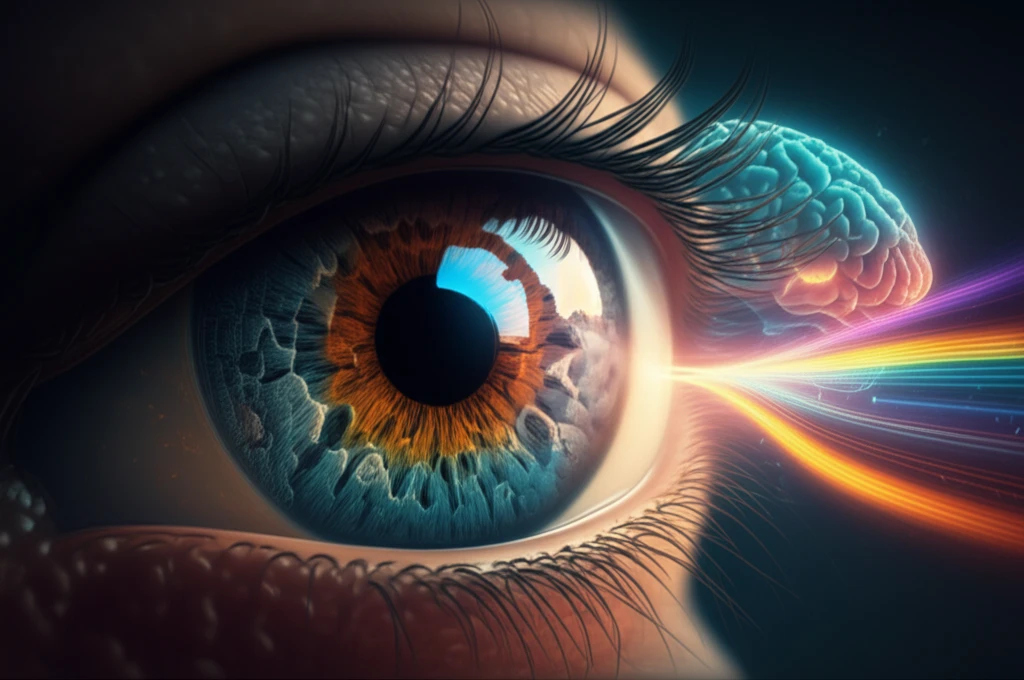
Unlocking the Secrets of Sight: How Brain Pathways Shape What We See
"New research reveals how the brain's ON and OFF pathways work together to process visual information, and why they're key to understanding how we perceive the world."
Imagine the world without the ability to see. The vibrant colors, the intricate details, the faces of loved ones – all of it lost in darkness. Vision, the sense that allows us to experience the world in all its richness, is a marvel of biological engineering. But how does our brain take the raw data of light and transform it into the vivid images we perceive? Recent research is providing exciting insights into this process, revealing the complex pathways and mechanisms that make sight possible.
At the heart of vision lies the brain's remarkable ability to process information. This involves specialized pathways that work together to interpret visual data. Understanding these pathways, particularly the ON and OFF pathways, which deal with increases and decreases in light respectively, is essential to understanding how we see. A new study, published in the Journal of Neuroscience, has explored these pathways, providing a deeper understanding of how they work together to create our visual experience.
This article will delve into the fascinating findings of this study, exploring the intricate workings of the ON and OFF pathways. We'll discuss the role of these pathways, the unique properties of different types of visual signals, and the implications of these discoveries for our understanding of sight and perception. Join us as we explore the cutting-edge research that's unlocking the secrets of sight.
Decoding the ON and OFF Pathways: A Tale of Two Signals

The visual world is a complex tapestry of light and shadow, and our brains have evolved sophisticated mechanisms to decode this information. The retina, the light-sensitive layer at the back of our eye, is the first stop in this process. It is here that the ON and OFF pathways begin their work, each responsible for processing a different type of visual signal.
- ON Pathways: These pathways are activated when there is an increase in light, helping us to perceive bright objects and environments.
- OFF Pathways: These pathways are triggered by a decrease in light, enabling us to see dark objects and changes in shadows.
- Complementary Function: Together, the ON and OFF pathways work to provide a comprehensive view of the visual world, allowing us to see both light and dark, detail and contrast.
The Future of Vision Research: New Insights and Unanswered Questions
The study of the ON and OFF pathways is still a work in progress, and there is still much to learn about the intricacies of how we see. Future research will likely focus on exploring the complexities of these pathways in different species, investigating the role of asymmetries in various visual tasks, and understanding how these pathways interact with other brain regions to create our visual experience. As scientists continue to unlock the secrets of sight, we can expect to gain even deeper insights into the marvelous process that allows us to see and experience the world.
